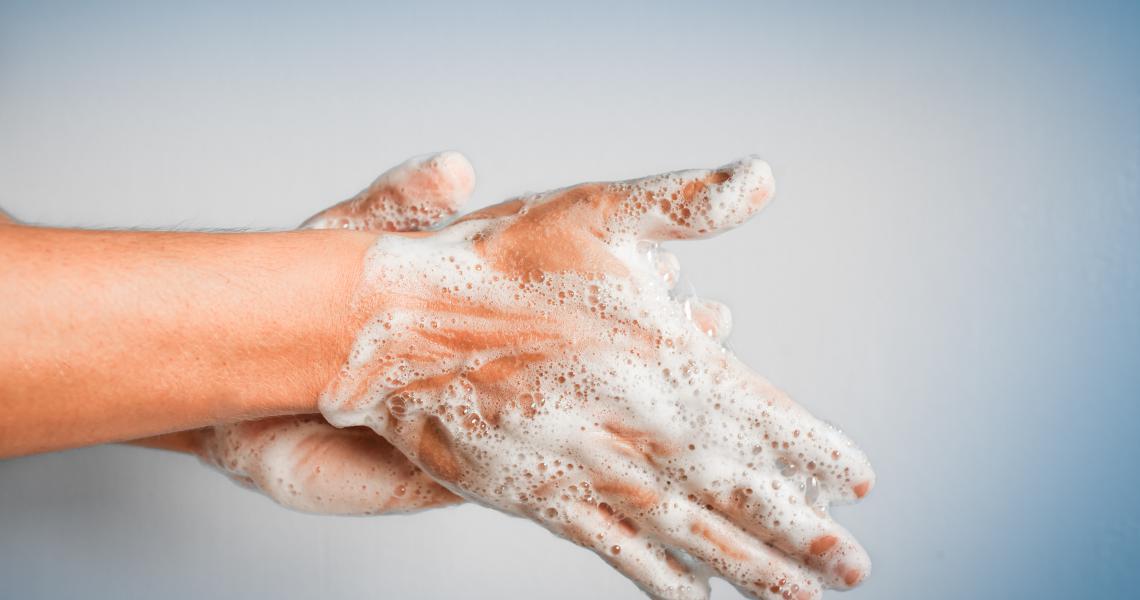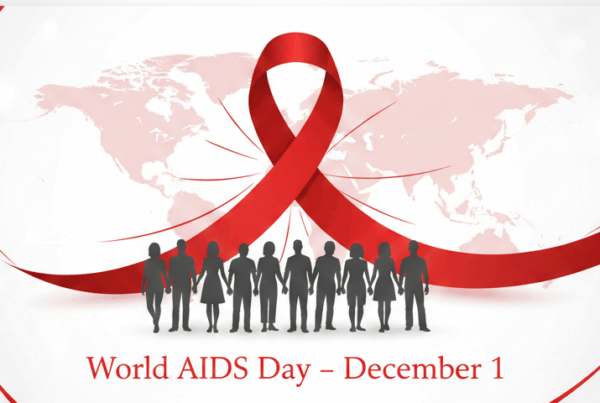It takes only 20 seconds, a bit of soap, and some running water—but the act of handwashing remains one of the most powerful tools in modern medicine. On World Hand Hygiene Day 2025, the global health community is once again drawing attention to this simple practice with a life-saving impact.
Held annually on May 5th and championed by the World Health Organization (WHO), the day serves as a vital reminder: clean hands save lives. This year’s theme, “Promoting Health Through Clean Hands,” places a renewed focus on hygiene as a pillar of infection prevention, not only in hospitals and clinics but in everyday life.
More Than a Ritual
Hand hygiene is often taken for granted—rushed through or forgotten altogether. Yet, improper or infrequent handwashing contributes significantly to the spread of infections, including respiratory illnesses, gastrointestinal diseases, and antibiotic-resistant bacteria.
While the COVID-19 pandemic brought global attention to hand hygiene, sustaining that awareness beyond a crisis has proven more challenging. In healthcare settings, hand hygiene compliance remains inconsistent, especially in overstretched systems or regions with limited access to water and sanitation infrastructure.
A Critical Practice in Healthcare
For healthcare workers, the stakes are especially high. Hands are the most common vehicle for transmitting pathogens between patients, yet adherence to proper hand hygiene protocols is still not universal. On World Hand Hygiene Day, hospitals and clinics around the world are launching campaigns, conducting training sessions, and installing new hygiene stations to reinforce the importance of clean hands in preventing healthcare-associated infections (HAIs).
Visual cues, reminders, and ongoing education are being used to promote consistent behavior change—not just for workers, but for patients and visitors as well.
The Broader Picture
Beyond clinical settings, hand hygiene is a foundational element of public health. In schools, proper handwashing can reduce absenteeism. In workplaces, it helps maintain productivity and prevent outbreaks. In homes, it protects the vulnerable—from infants to the elderly.
Yet, billions of people around the world still lack access to basic handwashing facilities. Addressing this inequality is a key focus of today’s global observance. Governments, NGOs, and international organizations are using the occasion to advocate for investment in water, sanitation, and hygiene (WASH) infrastructure—especially in underserved and crisis-affected regions.
Building Habits for a Healthier Future
The message of World Hand Hygiene Day is not just about one day of awareness, but about building lifelong habits. Public health experts stress that consistent hand hygiene can dramatically reduce the need for antibiotics, lower the burden of disease, and ultimately save lives.
With clean hands, the world is safer—not only from pandemics, but from everyday infections that often go unnoticed until they spread.
As communities around the world mark this day with demonstrations, educational campaigns, and hygiene drives, one truth remains clear: health begins in the palm of a hand.



